Sociology of Education – Its Nature | Scope | Aims and Importance |
Here You will get all the answer about the Nature, Scopes, Aims and Importance of Sociology of Education.
1. Concept of Sociology of Education.
Ans: Sociology of Education is the application of sociological theories, perspectives, and research methods of educational process and practices. It is the study of how public institutions and individual experiences affect education and its outcome. It is mostly concerned with the public schooling systems of modern industries societies, including the expansion of higher, further, adult, and continuing education.
In briefly, Sociology of Education is that branch which provides a sociological base of education and it evolves new social theories based on the analysis of interactions between individuals and the various institutions both formal and informal education.
2. Definition of Sociology of Education.
Ans: According to Ottaway, “The Sociology of Education may be defined as a study of the relationship between education and society.”
3. Enumerated the Nature and Characteristics of Sociology of Education.
Or
Enumerated the scope of Sociology of Education.
Ans: The Nature and Characteristics of Sociology of Education are enumerated in the following below:
(i) Sociology of education is one of the specialised spirits of sociological inquiry.
(ii) It applies the sociological principles in the educational fields.
(iii) It is both a philosophical as well as sociological concepts.
(iv) Sociology of education analysis the interaction of individuals and various educational institutions such as formal, informal, and non-formal.
(v) It studies the functional relationship between education and other institutions such as economy, polity, religion, and kindship.
(vi) It makes studies of school organization and the relation between schools and social structure, especially social class, family, and neighbourhood.
(vii) Sociology of education also includes the analysis of the relationship of the educational system to other aspects of society.
(viii) It is the scientific analysis which studies the social process and social patterns involves in the educational system.
(ix) Sociology of education studies education as an agent of transmission of culture.
(x) It seeks to bring out suitable ways for upliftment and progress of the society with quality education.
4. Enumerated the aims and objectives in teaching sociology of education.
Ans: The aims and objectives in teaching sociology of education are briefly enumerated below:
(i) To acquire knowledge about school work and the work of teachers in relation to society and social progress.
(ii) To study the effects of social elements on the school and to acquire knowledge about the effects of social elements on individual.
(iii) To construct curriculum of education with full understanding of the economy and cultural tendencies of society.
(iv) To gain knowledge about the democratic ideologies.
(v) To employ research techniques for achieving the aims of educational sociology.
(vi) To study the social importance of education.
Archives
5. Discuss about the values and importance of Sociology of Education.
Ans: Social consciousness is the essential bases of education. It needs to be developed more and more for properly organizing the various aspects of education, with the main purpose of sociology of education. Sociology is now regarded as a social dynamic, progressive process which aims at achieving social planning, social change, and social reconstruction.
Sociology of education is important and most valuable aspects in education system for the following reasons:
(i) Stress on professional or Vocational education:
The sociology of education race stress on enabling the child earn his livelihood through professional and vocational education.
(ii) Opposition to individualism:
The sociology of education was born out of reaction to individualism. It spaces the importance of education is against the individual.
(iii) Social progress as the aims of education:
Social welfare of the aim ascribed to education by the sociological tendency, children should be trained only for this through a system of free and compulsory education. This should make them responsible members of society.
(iv) Faith in democracy:
The sociology of education also evidence faith in democracy. In a democracy, education is based on the success of democracy depends upon the education of its members.
(v) Clarification of social progress or problem:
The sociology of education clarifies social problems and suggest ways and means of solving them through education. Many social reforms can be brought about by education and it can create and entirely new generation which may be free of the defects inherent in the older generation.
(vi) Raising the standard of social sciences:
The sociological aim of education is to raise the standard of social life by achieving the child’s comprehensive development. Education must trained the individual to fulfil his social responsibilities.
(vii) Importance of social sciences:
The sociology of education is being attached to the social sciences, so that the child can understand social phenomena and problems and thus be enable to make some positive contribution to social welfare.
(viii) Importance to social life in the school:
Social life within the school has been recognized as importance because of the sociology of education. It is now suggested that authorities should encouraged the formation of committee’s which trained the child for better social life.
(ix) Education as an agent of social progress:
According to sociologist, education is the based means of social control, social change, and social progress. All social changes that may become necessary for social progress can be easily brought about through education. Education becomes a measure of social control because educational sociologist the individual.
(x) Functional importance of education in relation to various aspects:
Sociology of education also helps to studies the functional importance of education and its relation with the various aspects of the society like economy, religion, kinship, culture polity etc.
(xi) Helps in understanding the national and international culture:
Sociology of education also plays an active role in understanding the national and international culture for making the society a better place to live in.
(xi) Helps to produce democratic citizens:
With the assistance of sociology of education, it is possible to produce democratic citizens with moral values, ethical concepts, aesthetic feelings, knowledgeable minds, and ensuring better human relations with better motivations.
(xii) Helps to develops creative and positive attitude towards society:
Sociology of education also helps to develop creative, and positive attitude towards education and society by developing decision making and problem solving abilities among individuals.
Conclusion:
Thus, to conclude we can that sociology of education helps to bringing about positive and desirable changes in the society with the helps of appropriate ways, means, and methods. Sociology of education stresses upon the social importance of education. The social importance of education is widely recognised today, especially in modern industrialized societies. In such societies education has become one of the means of acquiring social and technical skills. Education has come to be not only a way of training people to work in different fields but also a qualification for jobs in certain fields. It fits people for increasingly specialised roles and is very helpful in promoting social control, social order and its smooth functioning.



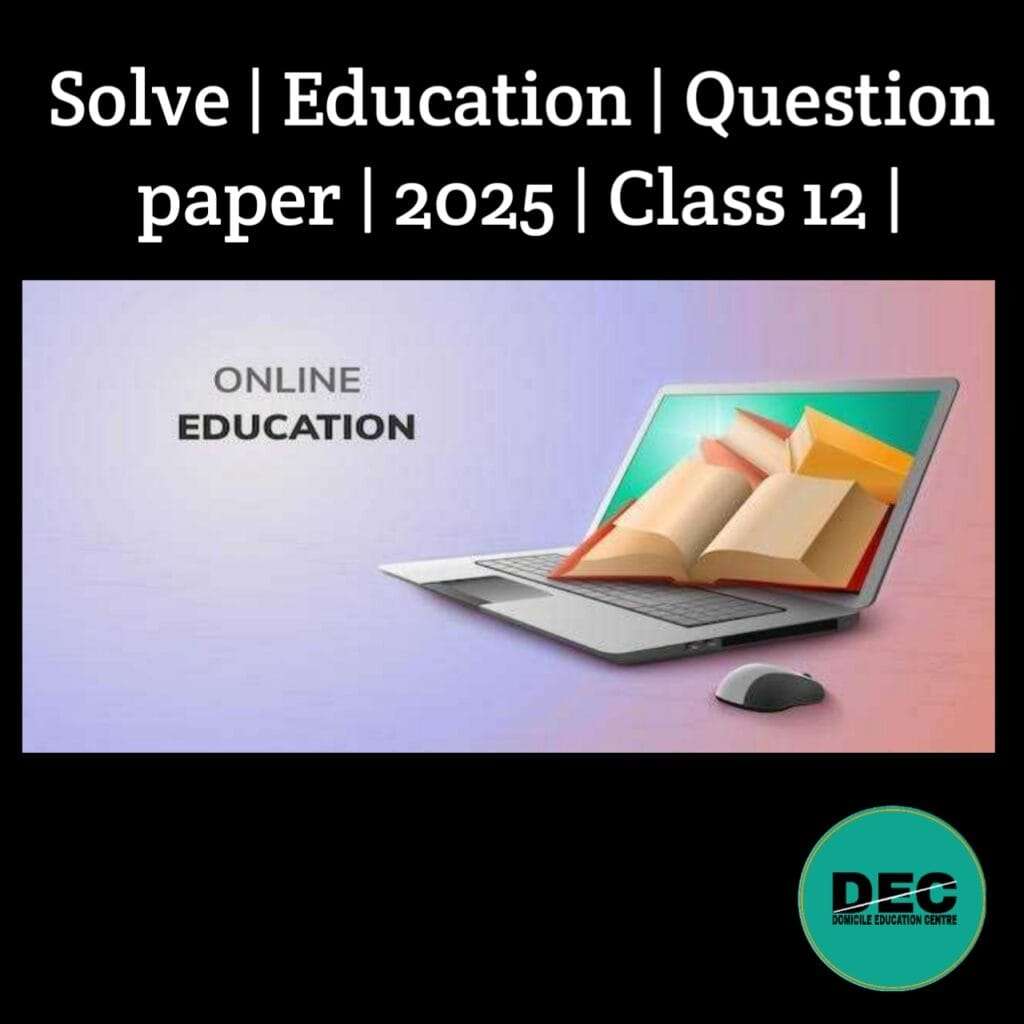
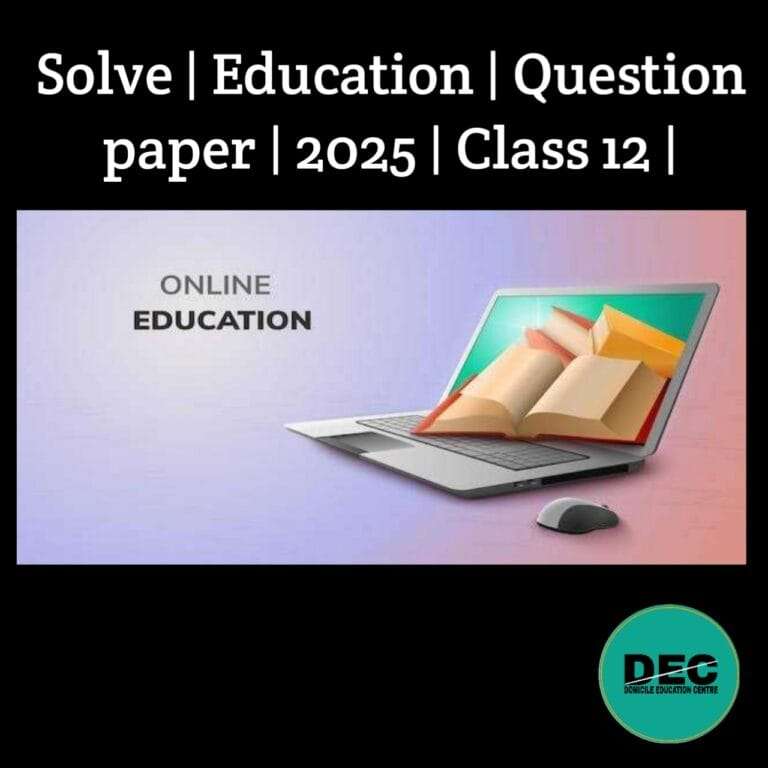
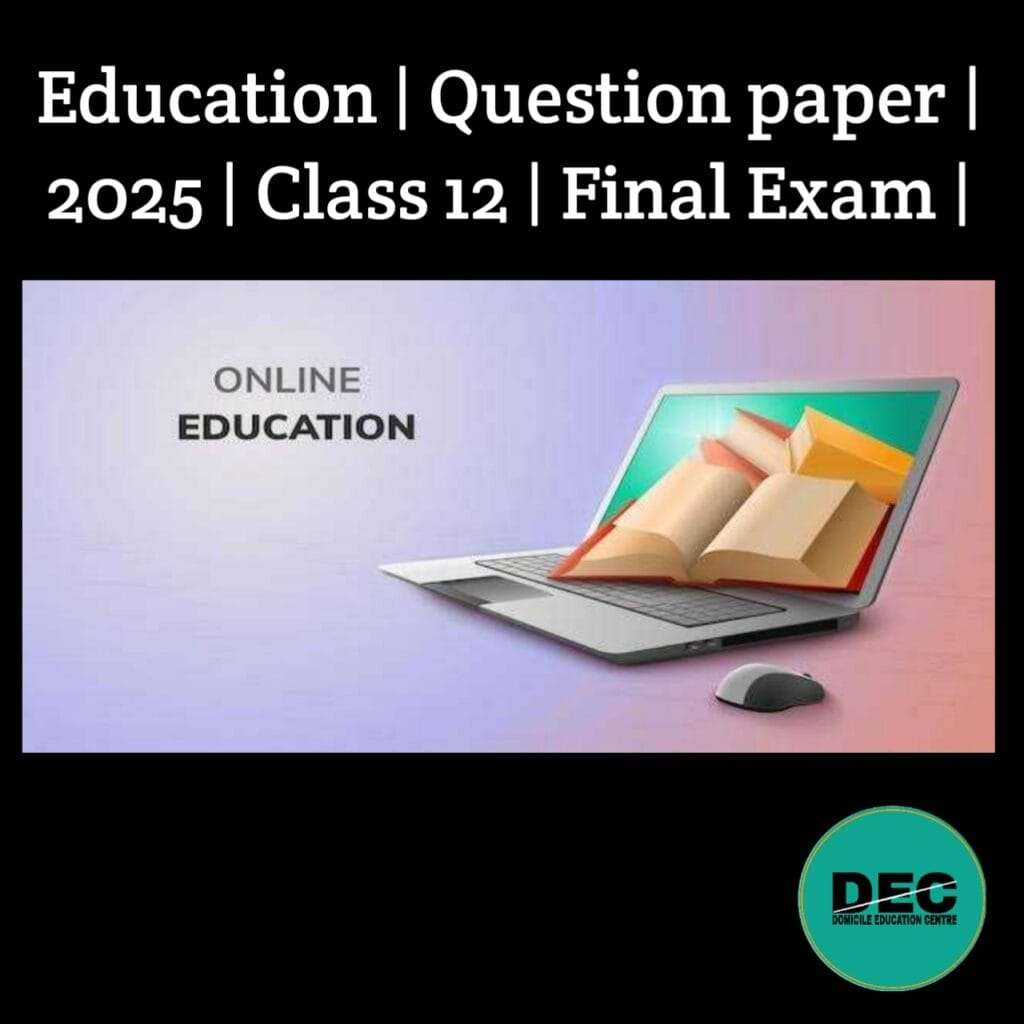

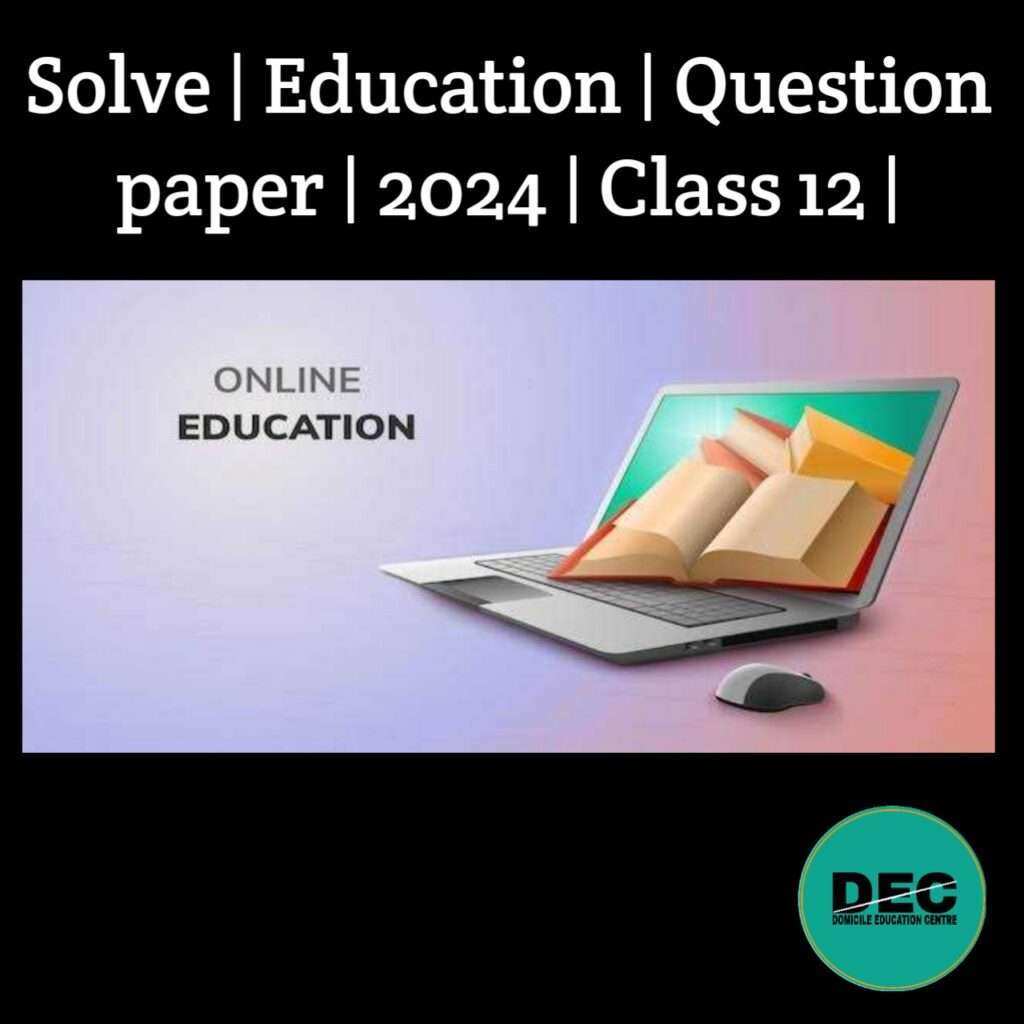

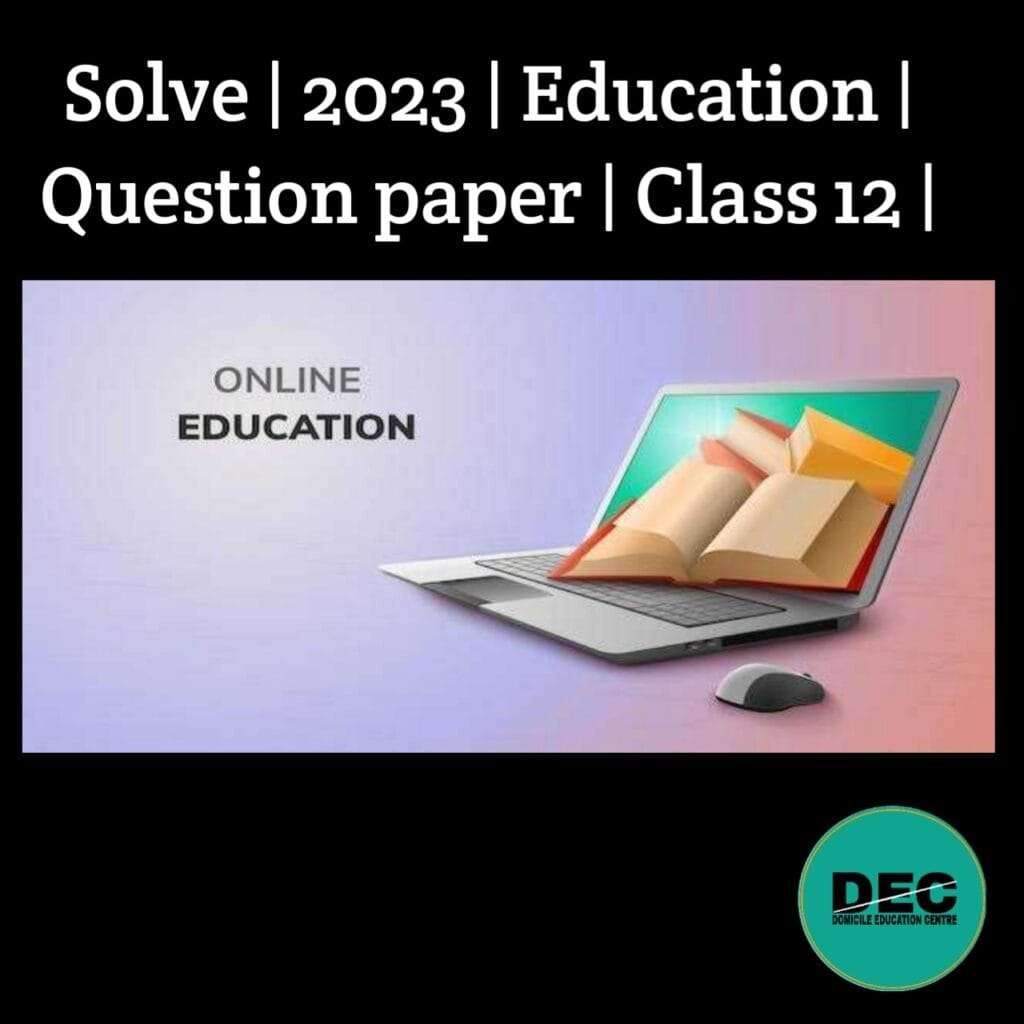
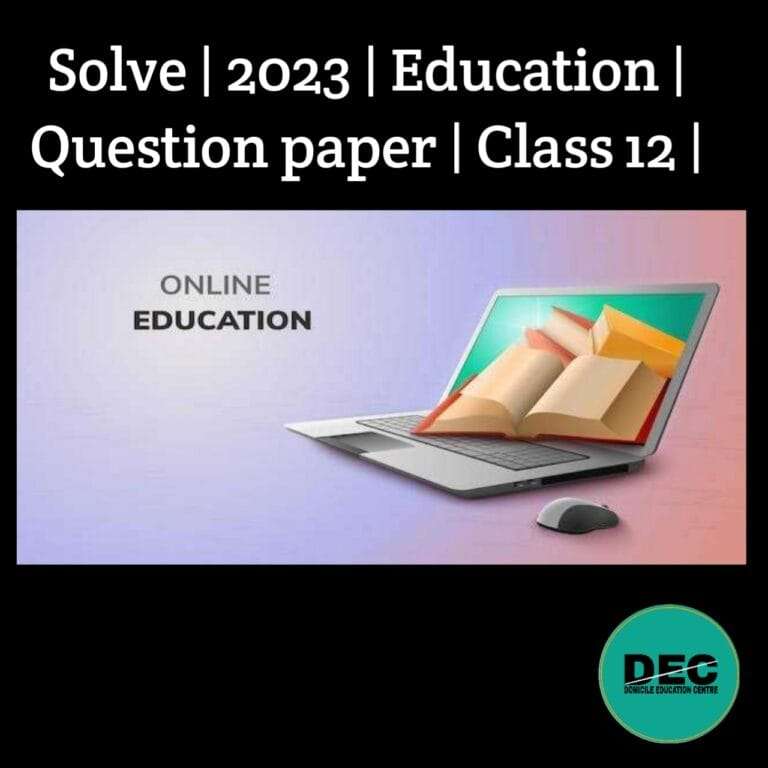

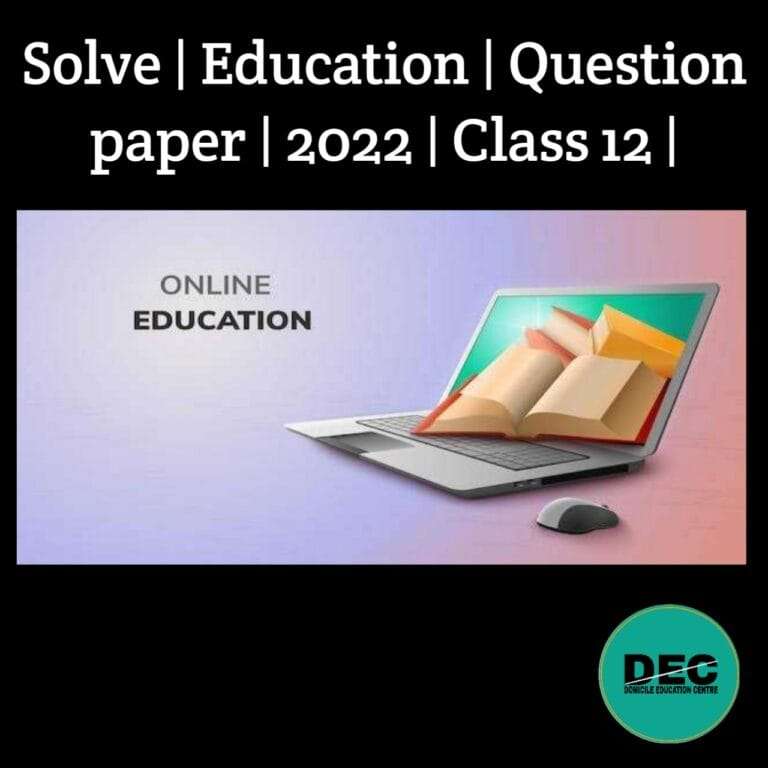
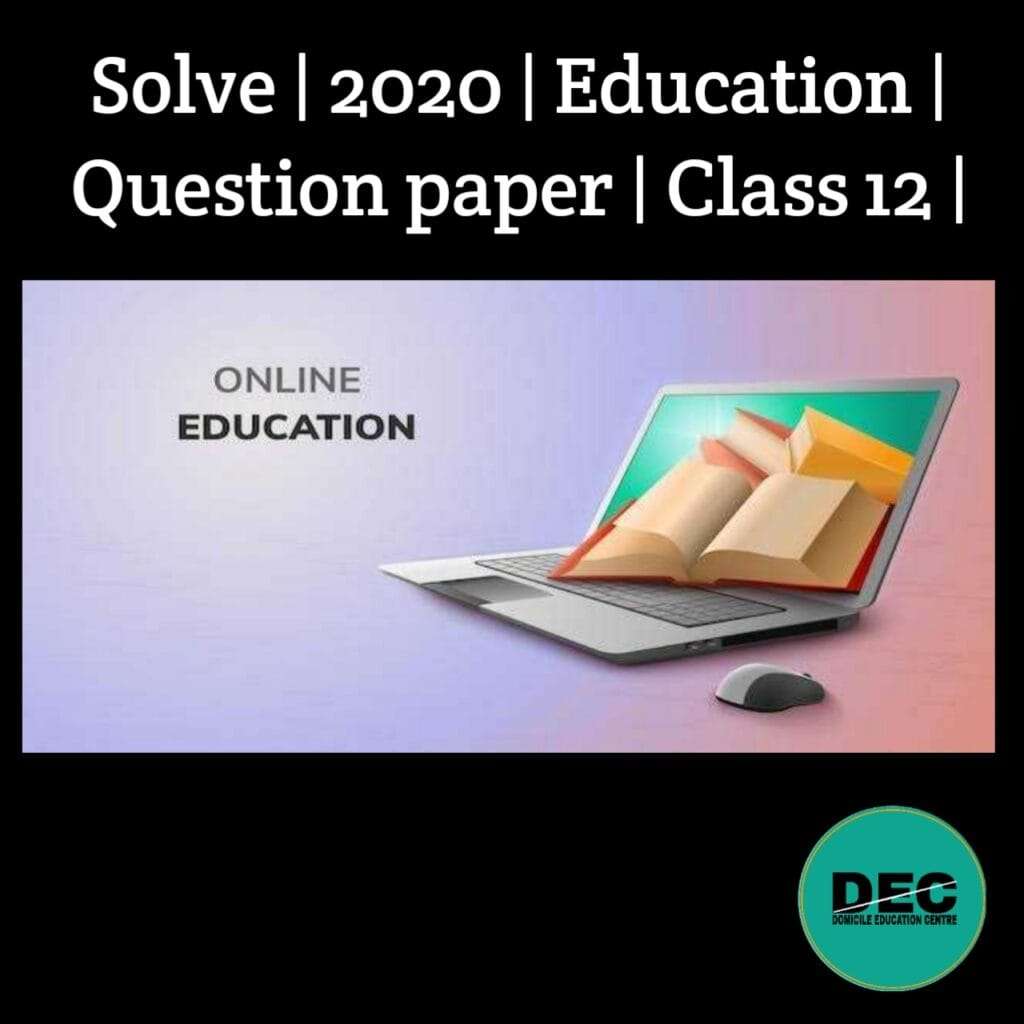
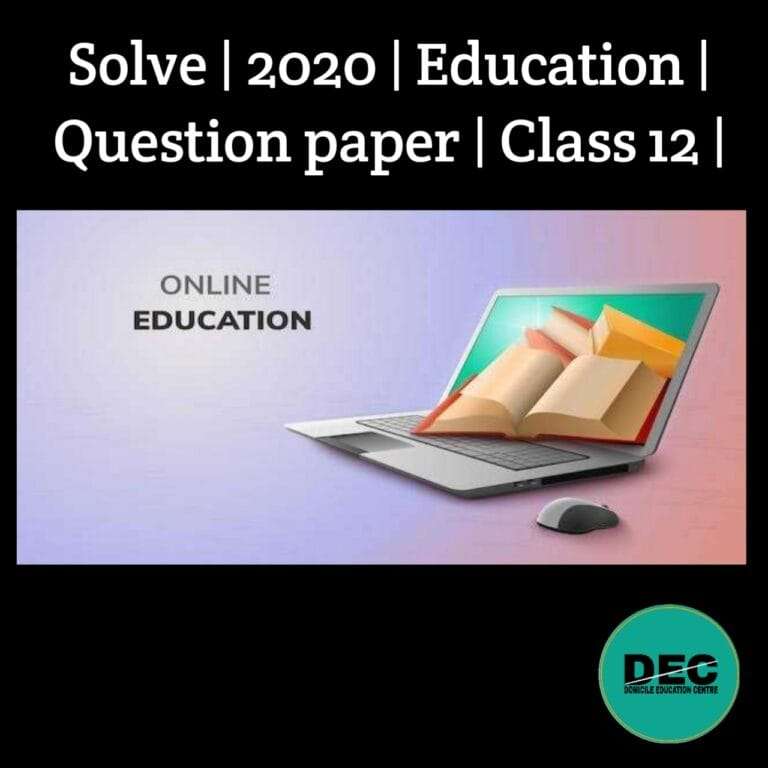
Recent Comments